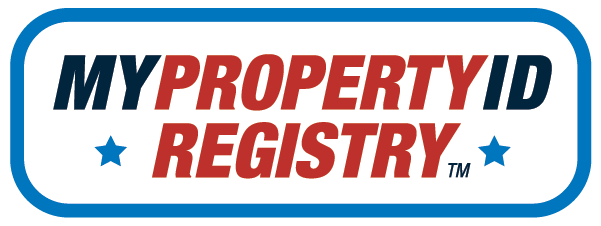Proxy marking is a term used in Britain. It’s a strategy for marking property for the purposes of tracing it back to the rightful owner if it’s ever lost or stolen. The most common form of this strategy is the way number plates on motor vehicles are tied together on national government databases.
Number Plates
A number plate on a motor vehicle is a kind of proxy mark. Any citizen can read the number, but they learn nothing about the true identity of the current keeper. Only your local constabulary or the Driver and Vehicle Licensing Agency can identify the rightful owner.
A Number Plate for Everything Else
Number plates for motor vehicles date back to the early 1900s. In the age of the internet, strategies were developed that allow individuals and small businesses to control privacy-protected databases. This is what enables users of the MyPropertyID security system to protect the portable property burglars target without divulging any personal information.
The Crime Prevention Website
The primary goal of The Crime Prevention Website is to “provide free, independent, clear and accurate crime prevention advice to all members of our society.” Its creator is Calvin Beckford who is a career law enforcement professional. He has two sections of his website dedicated to proxy marking. The first is a list of organizations, including MyPropertyID, that offer the strategy. The second is an excellent scenario of the strategy’s use.
The Greater Manchester Police
The Greater Manchester Police are still recommending, in this YouTube video, a pre-internet strategy that has an internet component that makes the process appear cutting edge, but it’s far from that. MyPropertyID is the global state of the art.
Node to Node Communication
Imagine a technology that connects one computer to another anywhere in the world—node to node data transfer. That’s what the internet does on a global scale. The MyPropertyID proxy marking strategy is the world leader for connecting the finder and loser of an item via the internet while also protecting the privacy of both people.



